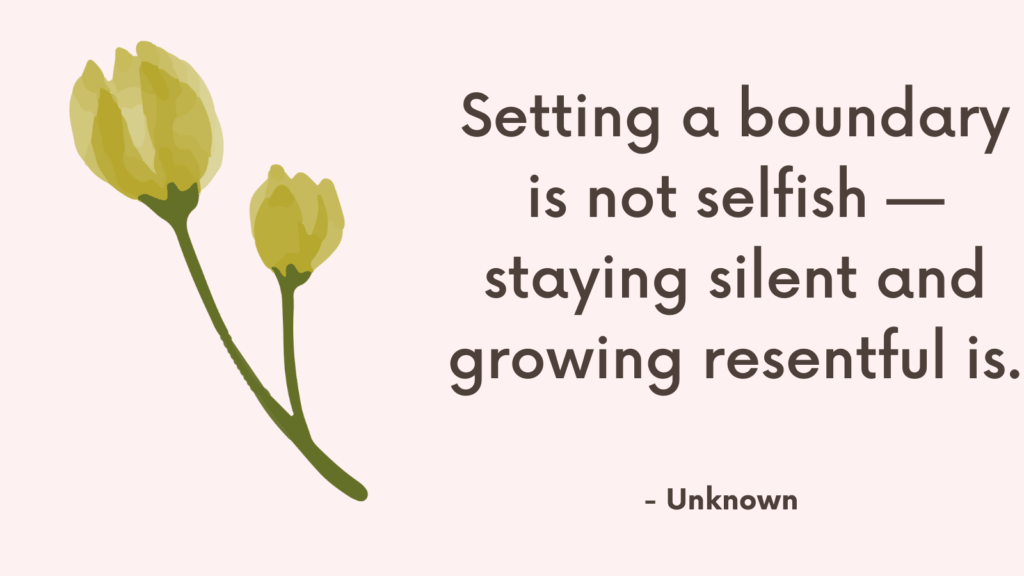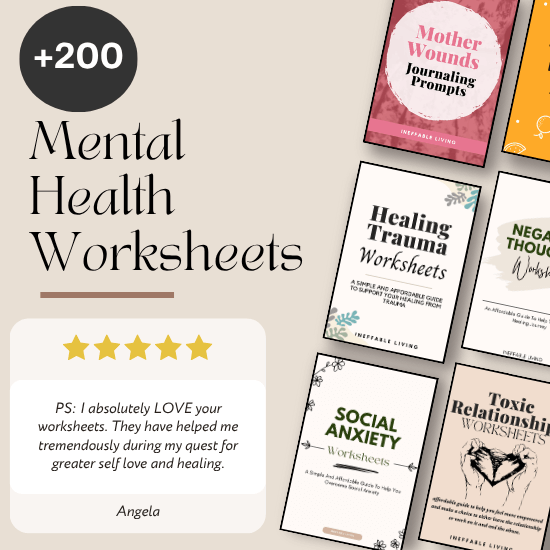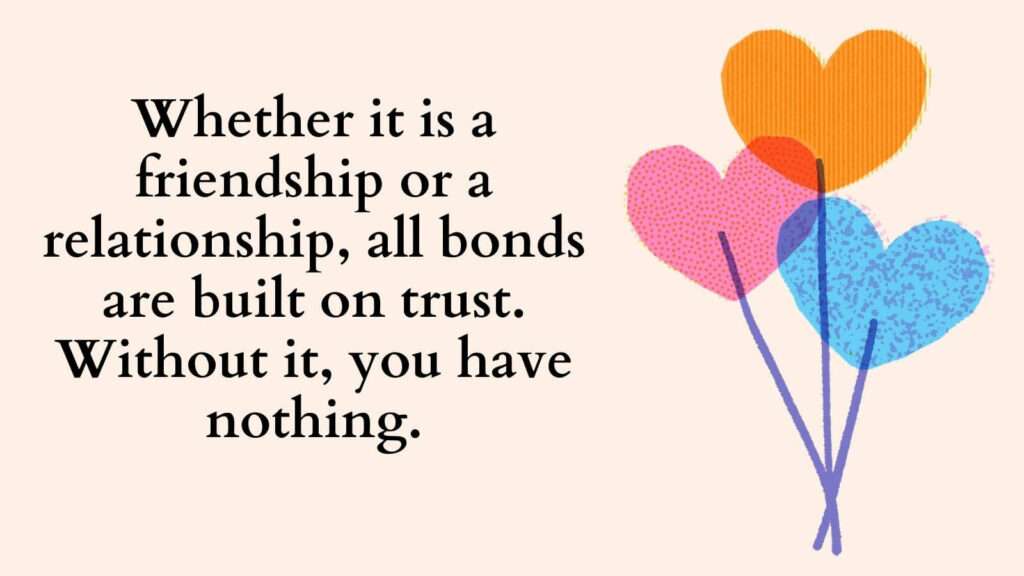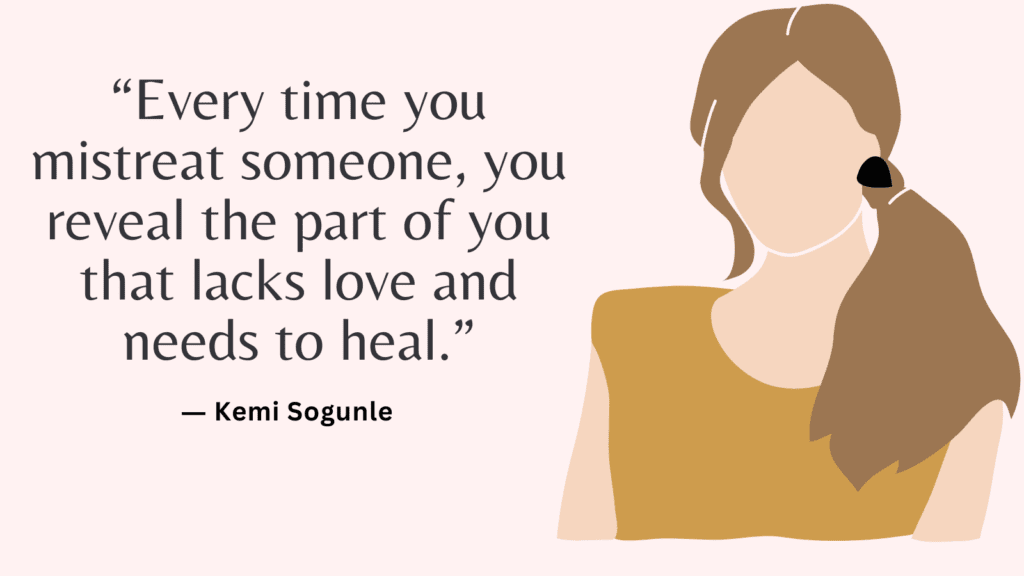Emotional detachment isn’t coldness—it’s clarity. It’s the quiet decision to stop pouring your energy into what constantly depletes you. Whether it’s a toxic relationship, a draining environment, or the pressure to be everything for everyone, emotional detachment is an act of self-respect. You don’t have to feel guilty for choosing peace over chaos.
What Does It Mean to Emotionally Detach?
Emotional detachment means stepping back from something that affects you too deeply, too often, or too painfully. It’s the conscious decision to stop feeding emotional energy into things you can’t change, control, or carry any longer.
It’s not bitterness. It’s not numbness. It’s clarity.
It’s letting go of the grip that something has on your nervous system and self-worth.
Signs You Need to Emotionally Detach
- You feel exhausted after interacting with someone
- You replay situations constantly in your mind
- You feel responsible for fixing someone else’s emotions
- You stay in draining environments out of guilt or habit
- You’re stuck in emotional over-involvement, even when it hurts
- You don’t know where your feelings end and someone else’s begin
If your peace depends on someone else’s mood, choices, or approval—it may be time to detach.
What Emotional Detachment Is Not
- It’s not giving up on people you care about
- It’s not being cold, rude, or indifferent
- It’s not pretending things don’t hurt
- It’s not isolating yourself from connection
Emotional detachment is about how much power you give something inside your mind and heart—not how much you care.
How to Emotionally Detach From Things That Drain You?
1. Identify What’s Actually Draining You
Ask yourself:
“When do I feel exhausted—not just physically, but emotionally?”
Pinpoint the people, patterns, or roles that leave you feeling smaller, scattered, or unsafe.
2. Acknowledge What You’ve Been Giving Away
Have you been over-explaining, people-pleasing, absorbing emotions, or fixing what’s not yours? Recognize the emotional labor you’ve been silently carrying.
Related: Are You an Emotional Sponge? (5 Tips for Better Boundaries)
3. Shift From Responsibility to Observation
Instead of thinking, “I have to fix this,” try:
“This is happening, and I don’t have to be entangled in it.”
Observation creates space between you and what drains you.
4. Let Go of the Hope That It Will Suddenly Change
Sometimes, we stay attached to draining things because we hope they’ll improve. Detachment means accepting what is—not clinging to what could be.
5. Replace Reactivity With Grounding
When triggered, don’t react right away. Breathe. Stretch. Go silent. Emotional detachment means pausing before being pulled in.
6. Set Micro-Boundaries
Start small:
- End the call sooner
- Say “I need space”
- Don’t explain your every move
Even subtle shifts reclaim your power.
Related: Toxic Empathy: Top 7 Signs
7. Stop Seeking Validation From the Source That Drains You
Don’t wait for them to approve, change, or finally see your worth. Their validation isn’t nourishment—it’s bait. Walk away to rebuild from within.
8. Grieve the Loss of What You Wanted It to Be
Letting go doesn’t just mean detaching from what’s toxic—it means mourning the version you hoped for. Grieve it fully. That’s how detachment turns into peace.
9. Anchor Into What Replenishes You
Fill your space with things that restore you: silence, real friendships, art, nature, faith, joy. Let those become your new source—not the draining attachment.
10. Affirm: Detachment Is an Act of Self-Love
Say to yourself:
“I’m allowed to protect my energy.”
“I don’t owe my peace to anything that steals it.”
“Choosing me is not abandoning anyone—it’s finally returning home.”
Related: Best 10 Highly Sensitive People Books

Conclusion
Emotional detachment isn’t harsh—it’s sacred. It’s the boundary that says: “My heart matters too.” When you stop giving life to what drains you, you make space to reconnect with what sustains you. You are not cold for detaching—you are wise for letting go.



